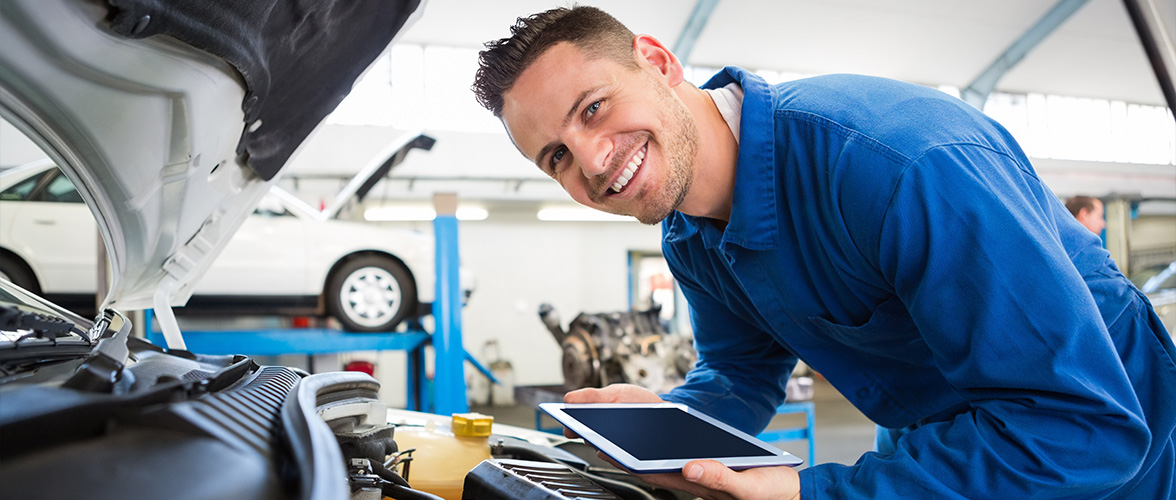All Categories
Featured
When it pertains to vehicle upkeep, tires are frequently one of the most ignored components, even though they play a vital role in the security and effectiveness of your auto. Tire turning and positioning are 2 essential solutions that help guarantee your tires put on evenly, last longer, and continue to execute at their ideal. Below's whatever you require to learn about tire turning and positioning and why they matter for your car.
What Is Tire Rotation? Tire turning is the process of relocating the tires from one setting to another to ensure also put on throughout all 4 tires. The front and rear tires of a vehicle wear at various rates due to the weight distribution and the reality that the front tires deal with both guiding and stopping. By rotating the tires frequently, commonly every 6,000 to 8,000 miles, you can cancel the wear and prolong the life of your tires.
In most vehicles, the tires will be revolved from front to back, and sometimes, side-to-side, depending on the tire type and your cars and truck's requirements. This ensures that each tire bears an equal amount of stress and anxiety and strain. Regular tire turnings also enhance vehicle handling and ride top quality, as well as add to better fuel performance.
What Is Tire Alignment? Tire placement refers to changing the angles of your cars and truck's wheels to guarantee they are located properly according to the maker's specs. Proper placement guarantees that your tires are alongside one an additional and vertical to the ground, which helps enhance the general handling, stability, and life-span of your tires.
There are 3 crucial aspects of alignment:
Camber: The tilt of the wheels when viewed from the front. If the wheels lean internal or exterior, it can cause uneven tire wear. Caster: The angle of the guiding axis when viewed from the side. Correct wheel positioning guarantees stable steering and far better vehicle control. Toe: The angle at which the tires direct inward or outside when seen from above. Incorrect toe alignment can cause tires to wear erratically and affect managing. Misalignment can happen as a result of factors like striking pockets, visuals, or driving over rough terrain, and even regular driving in time can slowly cause misalignment. Getting a positioning check every 1-2 years or when you notice managing problems is necessary for optimal tire efficiency.
Why Are Tire Turning and Positioning Important? Maximized Tire Life:. Tire rotation guarantees even put on across all four tires, protecting against premature tire substitute. Misaligned tires wear unevenly, which can lead to the need for even more regular tire replacements. Both tire rotation and alignment enhance the lifespan of your tires, conserving you cash over time.
Improved Security:. Proper placement aids keep your vehicle tracking right, enhancing stability and handling. Misaligned tires can bring about pulling, that makes it more difficult to control your car, specifically at broadband or in emergency situation scenarios. Tire rotation likewise guarantees your car's handling remains regular, improving your ability to stop rapidly and maintain control.
Much Better Fuel Performance:. When your tires are appropriately aligned, they experience less rolling resistance, indicating your engine doesn't have to function as tough to relocate the vehicle. This lowers gas usage and enhances gas mileage. Misalignment can trigger your tires to drag, causing bad fuel effectiveness.
Smoother Experience:. Misaligned or unevenly used tires can trigger vibrations in the steering wheel or automobile body, which can be awkward while driving. Routine tire rotation and placement can supply a smoother and quieter ride, decreasing unneeded sound and resonances.
Indicators You Required Tire Rotation or Alignment. It is necessary to be familiar with warning indications that your tires could require interest. Watch out for:
Unequal Tire Wear: If you discover that one tire is more worn than others, maybe a sign that it's time for a rotation or positioning. Steering Pulling to One Side: If your automobile draws away, specifically when you're driving directly, it can indicate misalignment. Vibrations or Unusual Sounds: If your wheel shakes or you hear a humming or whimpering sound, your placement may be off. Squealing Tires: A high-pitched squeal can signify misalignment or that your tires are used unevenly. If you discover any one of these indicators, it's a great concept to have your vehicle inspected asap to stop more damage to your tires or shock absorber.
Exactly How Often Should You Turn and Align Your Tires? Tire turning is generally suggested every 6,000 to 8,000 miles or every 6 months, depending on your auto's handbook and driving conditions. It's likewise a good idea to revolve your tires during oil modifications to ensure they obtain the attention they need.
For alignment, most experts suggest having your tires lined up annually or if you observe any taking care of problems. If you've just recently struck a hole, aesthetic, or an additional obstacle, it's a great idea to have your alignment inspected earlier to stay clear of uneven tire wear.

Conclusion: Keep Your Tires for Long Life and Safety and security. Tire turning and alignment are simple yet crucial elements of vehicle upkeep that add to longer tire life, boosted safety, and far better fuel performance. By following the advised service intervals for tire rotation and placement, you can guarantee your tires stay in leading condition, supplying a smoother and much safer driving experience. Routine upkeep assists you stay clear of unanticipated tire wear, expensive repairs, and prospective accidents, making it a wise investment for your vehicle's total performance.
Latest Posts
Comprehending Mattress Returns with Barebones Furnishings
Full Circle Strategic Marketing - Team Up with Our Expert Team for Business Growth
Full Circle Strategic Marketing - Supercharge Inbound Leads with Targeted Marketing Solutions
More
Latest Posts
Comprehending Mattress Returns with Barebones Furnishings
Full Circle Strategic Marketing - Team Up with Our Expert Team for Business Growth
Full Circle Strategic Marketing - Supercharge Inbound Leads with Targeted Marketing Solutions